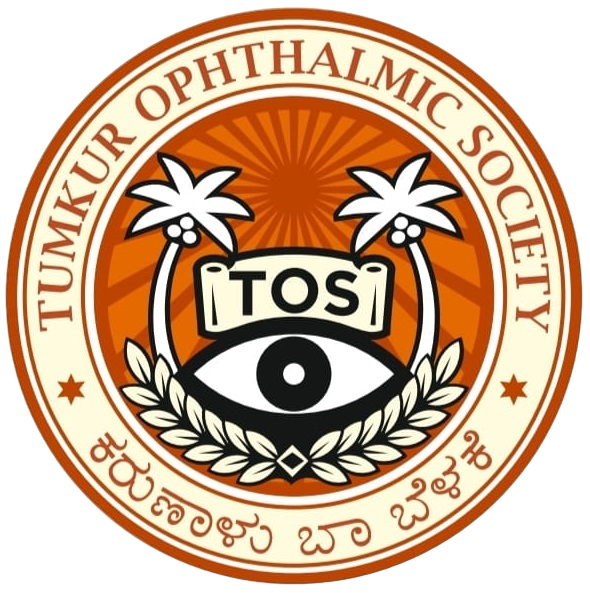Fuchs Dystrophy
What is Fuchs Dystrophy
Fuchs’ dystrophy is an eye disease in which the innermost layer of cells, called the endothelium in the cornea undergoes degenerative changes. Endothelium is responsible for maintaining the proper amount of fluid in the cornea and keeps the cornea clear for good vision by pumping out excess fluid that could cause corneal swelling.It usually affects both eyes and causes a gradual decline in vision due to corneal edema (swelling) and clouding.
As the disorder progresses, swelling of the cornea can cause blisters on the front of the cornea known as epithelial bullae (BULL-eye). This condition is known as bullous keratopathy.
People in their 30s and 40s may have Fuchs’ dystrophy but not know it. Vision problems might not appear until age 50 or later. Women are more likely than men to have Fuchs’ dystrophy.
There is no known prevention for Fuchs’ dystrophy.
Fuchs Dystrophy Symptoms
Fuchs’ dystrophy symptoms include:
Glare and sensitivity to light
Eye pain
Foggy or blurred vision
Seeing colored halos around lights
Difficulty seeing at night
Poor vision upon awakening that may improve later in the day
Foreign body sensation
Fuchs Dystrophy Diagnosis
A comprehensive eye exam by an optometrist or ophthalmologist is needed to detect Fuchs’ corneal dystrophy.
Fuchs Dystrophy Treatment
There is no cure for Fuchs’ dystrophy. However, vision problems from corneal swelling can be controlled. Treatment depends on how Fuchs’ dystrophy affects patient’s eye’s cells.
Early Fuchs’ dystrophy treatments are:
Use an eyedrop medicine or ointment to reduce swelling of the cornea’s cells.
If patient have photophobia caused by corneal dystrophy, eyeglasses with photochromic lenses may be helpful to reduce your sensitivity to sunlight. Also, anti-reflective coating eliminates reflections in eyeglass lenses that may be particularly bothersome to someone with Fuch’s dystrophy.
For very poor vision or scarred corneas, patient may need a cornea transplant. This surgery could be one of two types:
Endothelial keratoplasty (EK): Healthy endothelial cells are transplanted into your cornea.
Full corneal transplant: The center of your cornea is replaced with a healthy donor cornea.
